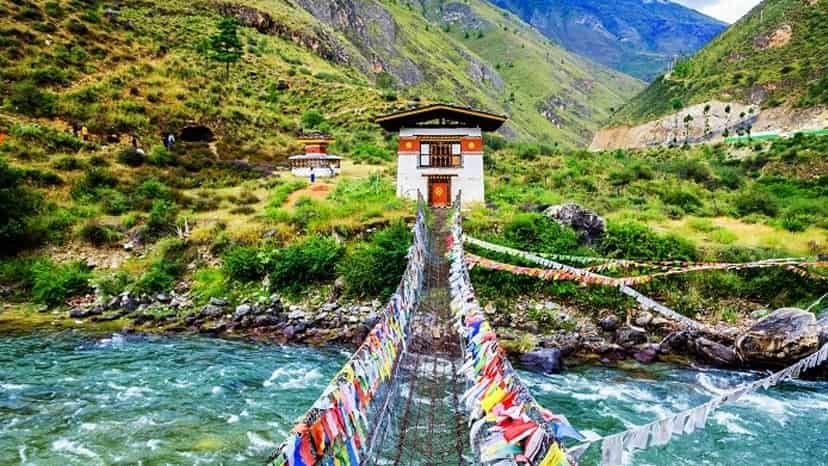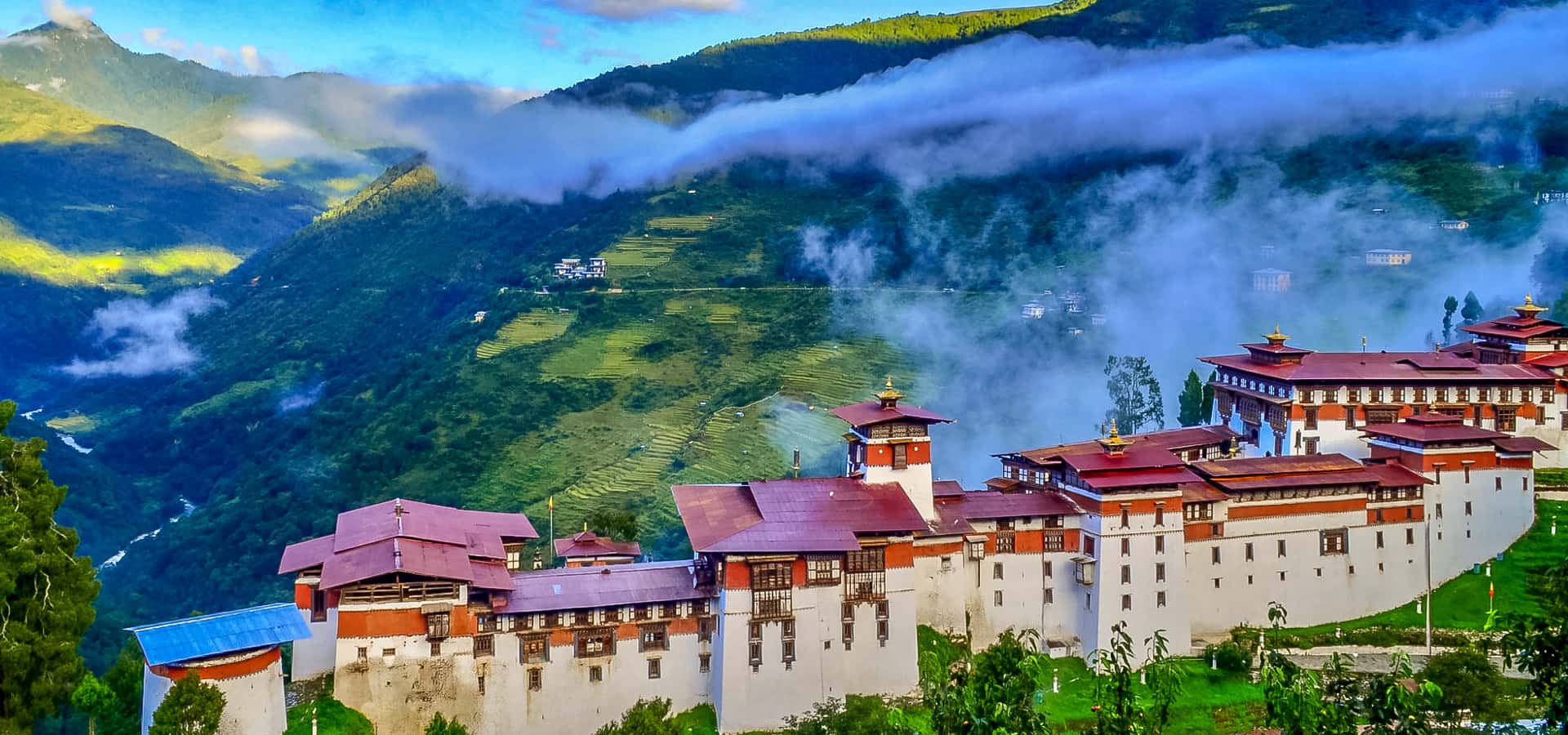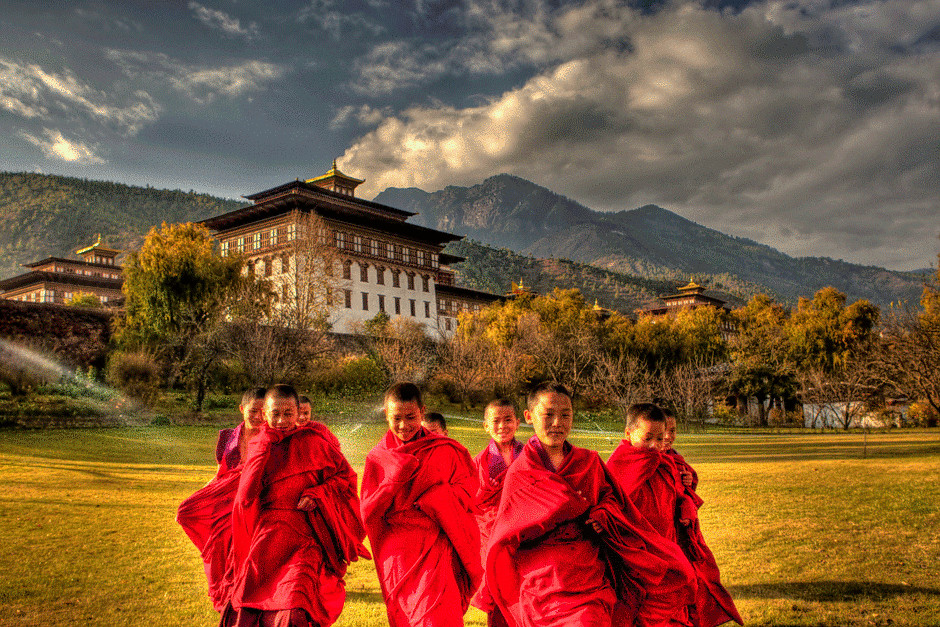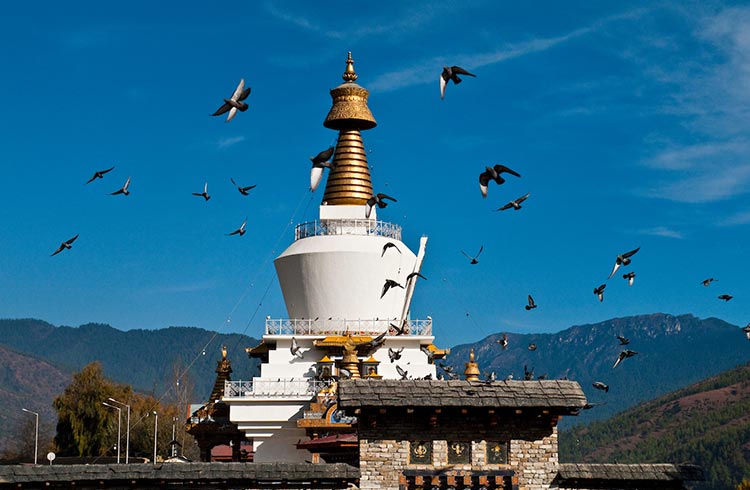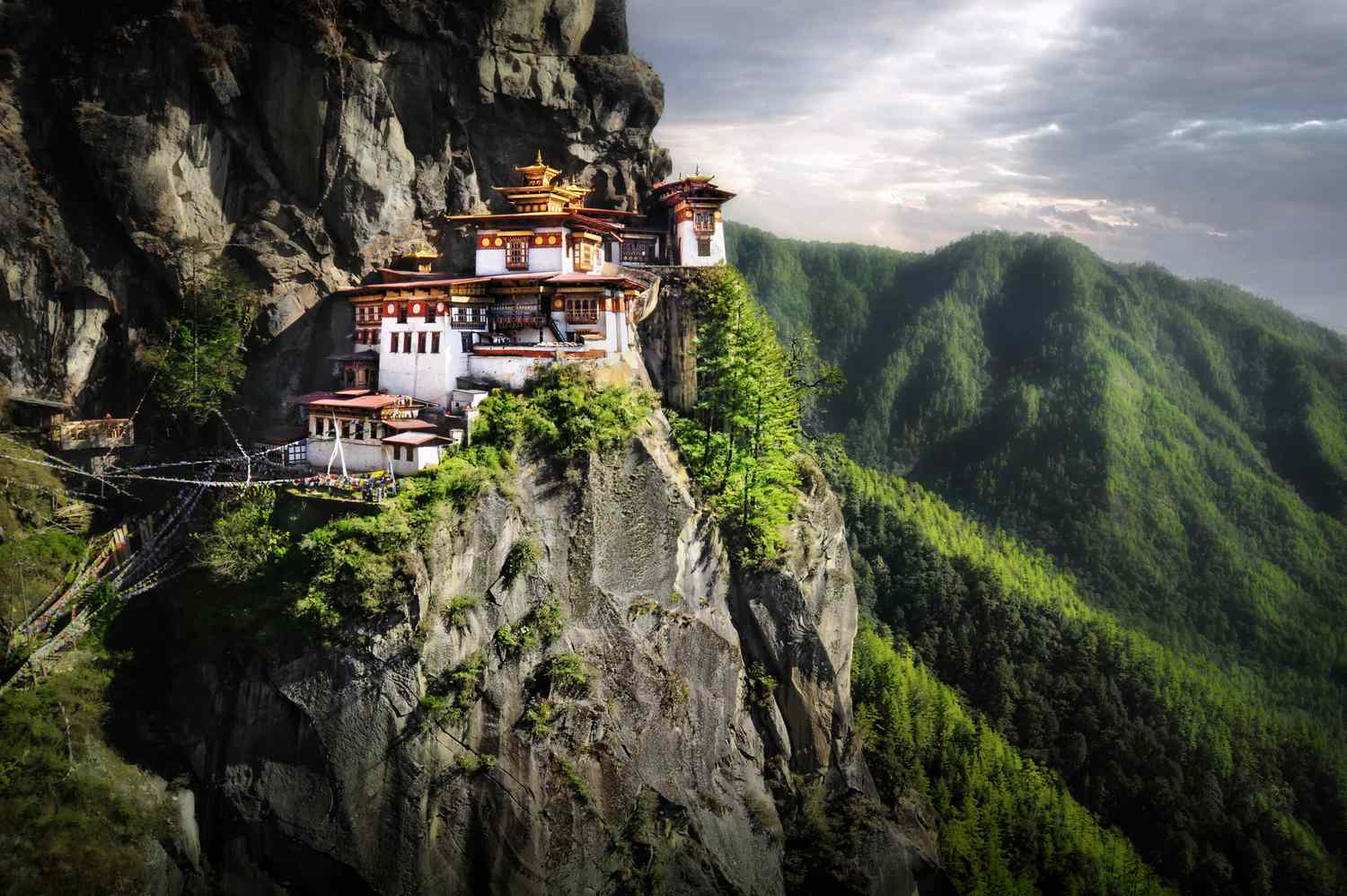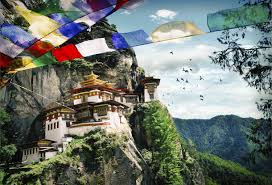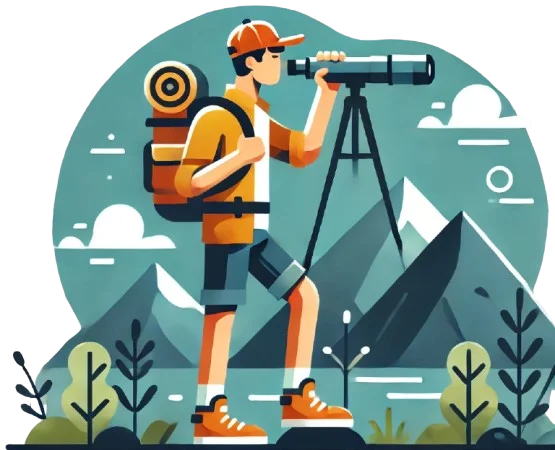Bhutan Festivals and Date
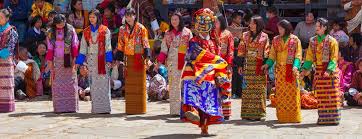 (On demand service flower bed decoration is the most loved demand of newly weds couples.)
(On demand service flower bed decoration is the most loved demand of newly weds couples.)
TENTATIVE FESTIVAL DATES 2025
| Sr. No. | Festival | Place | Date |
|---|---|---|---|
| 1. | Punakha Drubchen | Punakha Dzong, Punakha | 6th – 8th March |
| 2. | Punakha Tshechu | Punakha Dzong, Punakha | 9th – 11th March |
| 3. | Tharpaling Thongdrol | Tharpaling Lhakhang, Chumi, Bumthang | 14th March |
| 4. | Tangsibi Mani | Tangsibi Lhakhang, Ura Bumthang | 15th – 17th March |
| 5. | Chhorten Kora | Chorten Kora, Trashiyangtshe | 14th March & 29th March |
| 6. | Gomphukora | Gom Kora Lhakhang, Trashigang | 5th – 7th April |
| 7. | Talo Tshechu | Talo Gonpa, Punakha | 5th – 7th April |
| 8. | Gasa Tshechu | Gasa Dzong, Gasa | 5th – 7th April |
| 9. | Zhemgang Tshechu | Zhemgang Dzong, Zhemg ...
ang |
5th – 7th April |
| 10. | Paro Tshechu | Rinpung Dzong, Paro | 8th – 12th April (Thongdral on last day) |
| 11. | Rhododendron Festival | Lamperi Botanical Park, Thimphu | 22nd -24th April |
| 12. | Domkhar Tshechu | Domkhar, Chumi, Bumthang. | 7th – 9th May |
| 13. | Ura Yakchoe | Ura Lhakhang, Bumthang | 9th – 13th May |
| 14. | Nimalung Tshechu | Nimalung Dratshang, Chumi, Bumthang | 3rd – 5th July |
| 15 | Kurjey Tshechu | Kurjey Lhakhang, Choekhor, Bumthang | 5th July |
| 16. | i)Tour of the Dragon ii) Dragons Fury (Mountain Bike Race) | i)Bumthang to Thimphu ii) Lobesa to Thiphu | 6th September * |
| 17. | Thimphu Drubchen | Tashi Chhodzong, Thimphu | 28th September |
| 18. | Wangdue Tshechu | Wangduephodrang |
30th September 1 st - 2nd October |
| 19. | Tamshing Phala Chhoepa | Tamshing lhakhang, Bumthang | 2nd – 4th October |
| 20. | Thimphu Tshechu | Tashi Chhodzong, Thimphu | 2nd – 4th October |
| 21. | Gangtey Tshechu | Gangtey Gonpa, Wangduephodrang | 5th – 7 th October (Thongdral on last day) |
| 22. | |||
| 23. | |||
| 24. | |||
| 25. | |||
| 26. | |||
| 27. | |||
| 28. | |||
| 29. | |||
| 30. | |||
| 31. | |||
| 32. | |||
| 33. | |||
| 34. | |||
| 35. | |||
| 36. | |||
| 37. | |||
| 38. | |||
| 39. | |||
| 40. |
*Note – Bhutan Olympic Committee confirmed Tour of the Dragon will be held once every two years.
Categories

Request a call back
Our experts would love to create a package just for you!








